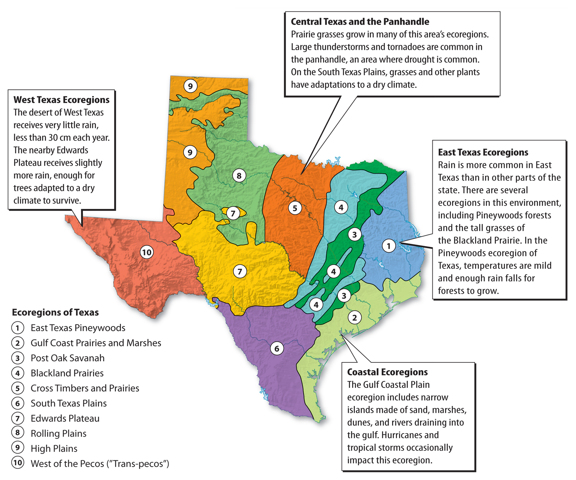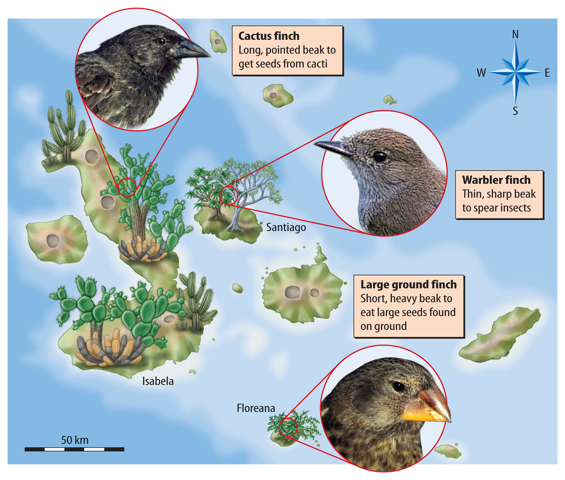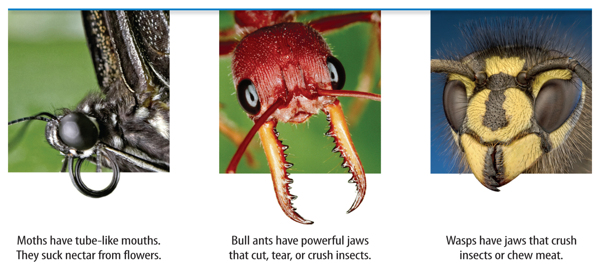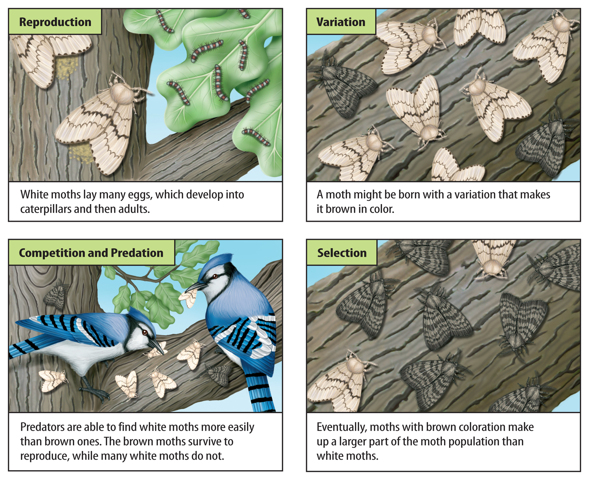Sandoval's 7th grade Science
2nd Semester Review
2nd Semester Review
You are amazing!
Quiz yourself, click each topic below
and take an online quiz!
Ecosystems Ecosystems 2 Relationships in Ecosystems
The Water Cycle Water 2 Soil Inherited versus Learned Traits
Life Cycles of Plants and Animals Weathering and Erosion
Weather and Natural Disasters
Endocrine and Reproductive Systems
Quiz yourself, click each topic below
and take an online quiz!
Ecosystems Ecosystems 2 Relationships in Ecosystems
The Water Cycle Water 2 Soil Inherited versus Learned Traits
Life Cycles of Plants and Animals Weathering and Erosion
Weather and Natural Disasters
Endocrine and Reproductive Systems
Demonstrate and explain the cycling of matter within living systems such as in the decay of biomass in a compost bin.
Diagram the flow of energy through living systems, including food chains, food webs, and energy pyramids.
Analyze the effects of weathering, erosion, and deposition on the environment in ecoregions of Texas.



Watershed Game
Identify the accommodations, considering the characteristics of our solar system, that enabled manned space exploration.
To be in space we need A system for breathing, air pressure, temperature control, walking, identification, food storage…can you think of any more…
To be in space we need A system for breathing, air pressure, temperature control, walking, identification, food storage…can you think of any more…
Describe how different environments, including microhabitats in schoolyards and biomes, support different varieties of organisms.
Observe, record, and describe the role of ecological succession such as in a microhabitat of a garden with weeds.

Examine organisms or their structures such as insects or leaves and use dichotomous keys for identification.


Explain variation within a population or species by comparing external features, behaviors, or physiology of organisms that enhance their survival such as migration, hibernation, or storage of food in a bulb.
Bird Migration


Bird Migration
Identify some changes in genetic traits that have occurred over several generations through natural selection and selective breeding such as the Galapagos Medium Ground Finch or domestic animals.
Figure 2 Each finch that Darwin collected had a beak specialized for a particular environment and diet.

How might a variation be beneficial to an organism? Figure below Natural selection favors moths with a variation that makes them harder for a predator to see.
Figure 2 Each finch that Darwin collected had a beak specialized for a particular environment and diet.

How might a variation be beneficial to an organism? Figure below Natural selection favors moths with a variation that makes them harder for a predator to see.
Explain how internal structures of organisms have adaptations that allow specific functions such as gills in fish, hollow bones in birds, or xylem in plants.
Figure 5 The green tree frog’s long, sticky tongue is a physical adaptation.

Insect mouthpart adaptations differ depending on the food the insects eat.

Figure 5 The green tree frog’s long, sticky tongue is a physical adaptation.

Insect mouthpart adaptations differ depending on the food the insects eat.

Define heredity as the passage of genetic instructions from one generation to the next generation.
Gregory Mendel also know as the Father of Modern Genetics, discovered with pea plans that traits can be dominant or recessive.

One of the reasons that Mendel carried out his breeding experiments with pea plants was that he could observe inheritance patterns in up to two generations a year. Geneticists today usually carry out their breeding experiments with species that reproduce much more rapidly so that the amount of time and money required is significantly reduced. Fruit flies and bacteria are commonly used for this purpose now. Fruit flies reproduce in about 2 weeks from birth, while bacteria, such as E. coli found in our digestive systems, reproduce in only 3-5 hours.
Compare the results of uniform or diverse offspring from sexual reproduction or asexual reproduction.
Asexual reproduces using Mitosis Sexual reproduces using Meiosis
Recognize that inherited traits of individuals are governed in the genetic material found in the genes within chromosomes in the nucleus.
